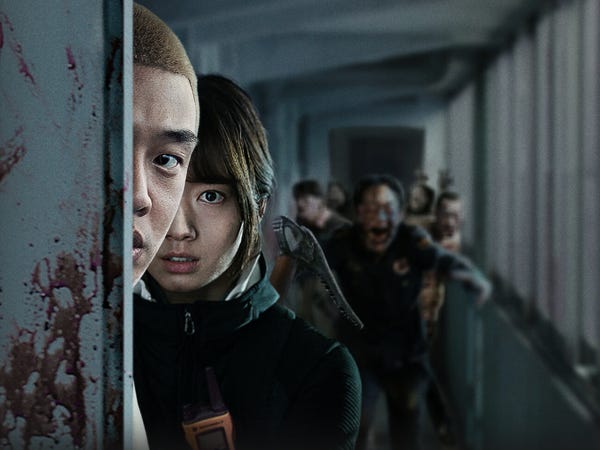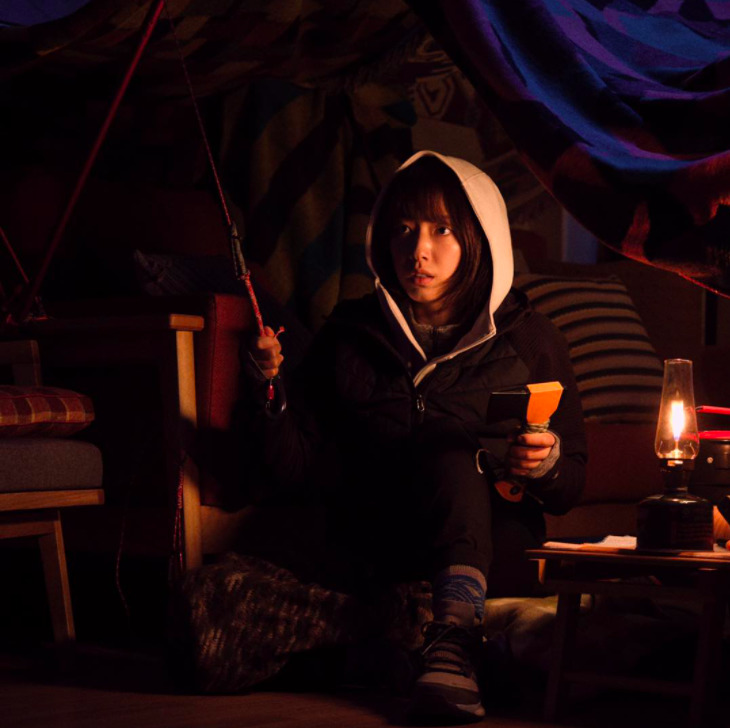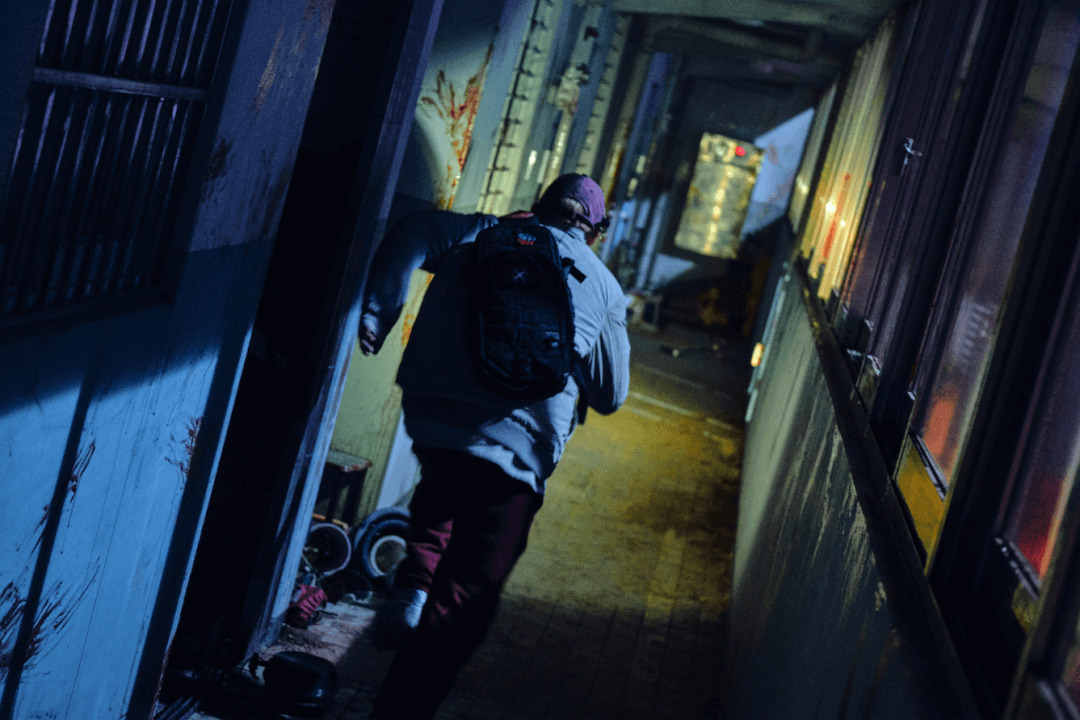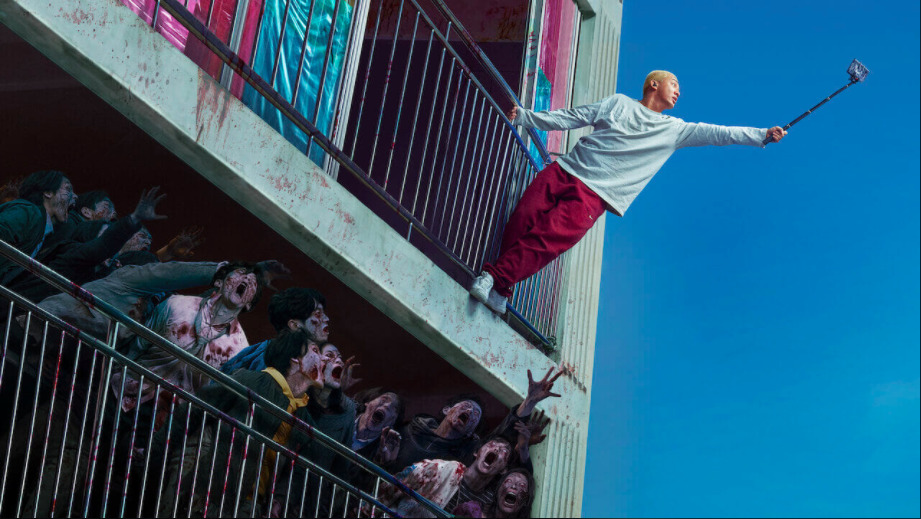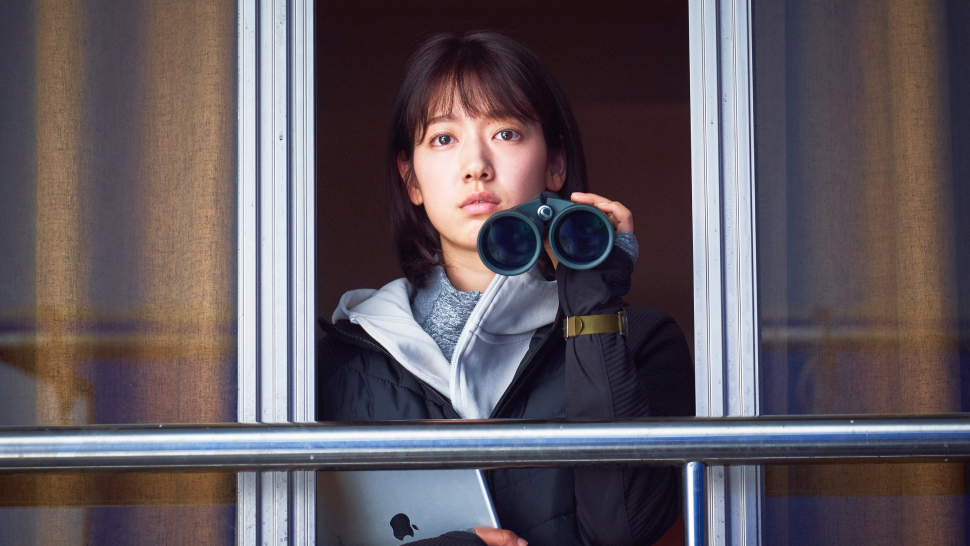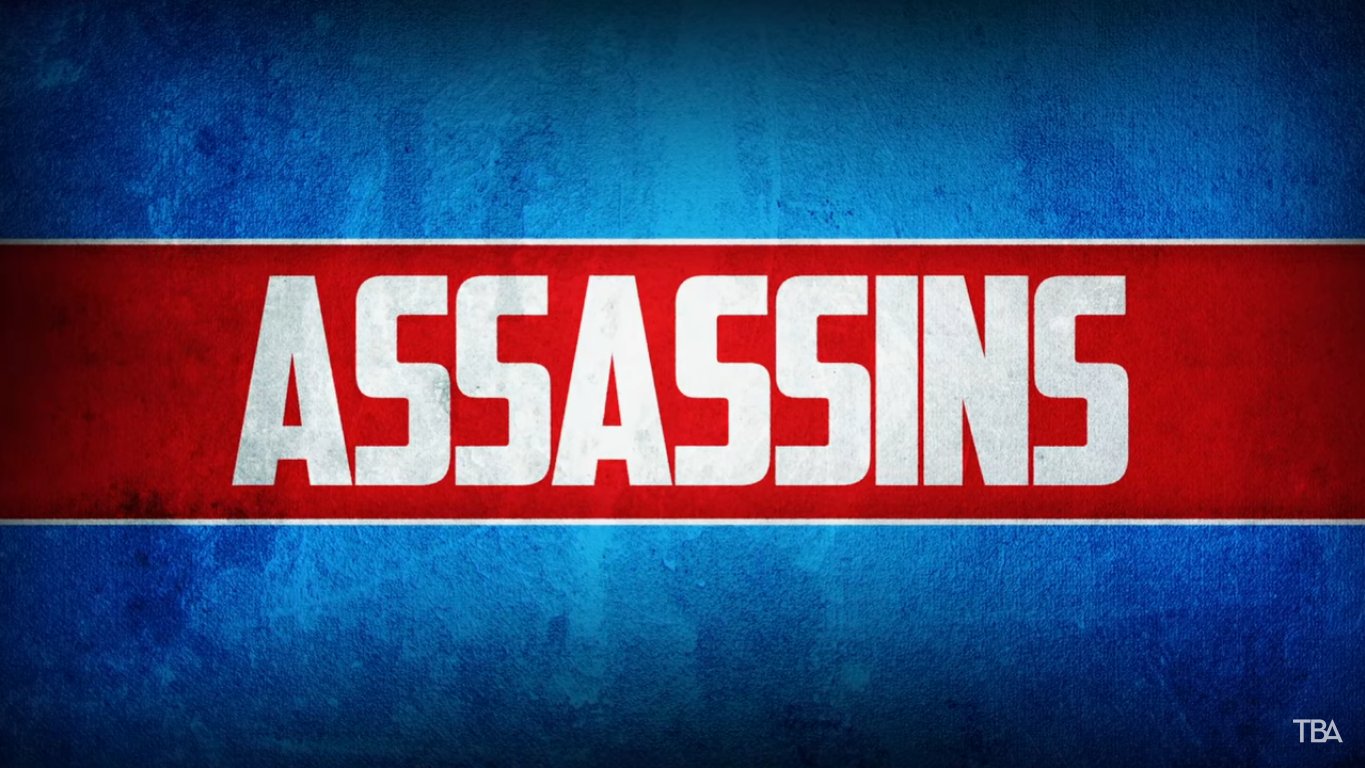Note:
With minor spoilers
Whereas other Korean filmmakers have used the zombie genre to convey themes of politics (Netflix’s Kingdom) and class struggle (Train To Busan), Cho Il-hyung gets #Alive to magnify the new
reality we all have to deal with amid the COVID-19 pandemic —
isolation, loneliness, and survival.
Albeit unintentionally, #Alive was filmed three months before the pandemic and hit Korean theaters in June while the country itself was in the middle of the health crisis. By happy coincidence, the movie performed decently in its theatrical release despite limits on cinema capacity and physical distancing restrictions. This week, Netflix officially streams #Alive for international audiences.
Loosely based on Matt Naylor’s screenplay for its
Hollywood iteration Alone, also set for release this year, #Alive’s strength lies in its plot: The first four minutes set up a story that becomes eerily familiar. A gamer, played by Yoo Ah-in (Chicago Typewriter), has to stay inside his apartment unit after the building gets infested with the undead. It’s only a matter of time before he runs out of water and food, and of what’s left of his sanity. As the trailer has already revealed, he finds another survivor, a wall climber living across his unit, played by Park Shin-hye (Miracle in Cell No. 7).
If you’ve grown tired of relentless action and gore in zombie movies, you might enjoy #Alive’s breezy narrative. Sure, there is the conventional splatter of blood and shrieks from moving corpses, but #Alive engages the viewers with the psychological aspect of being boxed in an apartment unit. #Alive feels more like an extended episode of The Walking Dead, grounded and heavy on human drama, than the intense CGI-filled zombie hordes of World War Z.
Conventionally, zombie shows and movies employ the tried-and-tested formula of lulling viewers into boredom and complacency before the next big scare hits them. However, this resonates more with the viewers now because of the quarantine measures imposed on us amid the pandemic. Like the protagonist, we may have locked ourselves in our rooms to play video games to momentarily forget that nothing grim is happening outside. We also manage our food supplies for the week. On top of all these, we also long to meet friends and family, and regret not hugging them before the pandemic.
#Alive subtly shows that humans are social animals, and the most introverted person you see can still crave for company. Being alone for an extended period of time can also be a delayed death sentence. Had the gamer not seen a laser pointer beamed at him and learned that he was not alone, he would have ended his life. This subplot in the movie can speak a lot about the mental health of people who are under stay-at-home orders.
In a genre that is greatly saturated, #Alive can be critiqued for
faltering on the technicals; the make-up appeared flaccid and a scene
shot in green screen is noticeable. However, viewers can overlook
these because of its fast-paced editing. Frankly, there is
no reason not to enjoy #Alive. The thrilling zombie movie reminds us that “we are still here,” hoping to survive an outbreak a pandemic we continue to learn to navigate.
The reviewer received a screener from Netflix ahead of its official
release. #Alive is now streaming on Netflix.
